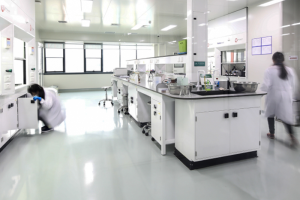Green data points
When St. John's Regional Medical Center in Joplin, Mo., took a direct hit from an E-5 tornado in May, one of the many acts of heroism by staff was the raising of a fully digital field hospital across the street within a week.
Largely due to a centralized data center that houses electronic medical records for St. John's and several other Sisters of Mercy Health System hospitals and clinics in four states, the quick turnaround brought wide attention to data center hardening and reliability in the health care field overall.
Of course, health facility professionals are well aware of the importance of robust data centers. In fact, data centers and data infrastructure consistently show high levels of activity in our annual construction survey and their ability to function under fast-growing loads or disastrous conditions is always of interest.
What they might find more intriguing is that there is a growing movement to tame the extreme energy requirements of these beasts and even earn U.S. Green Building Council Leadership in Energy and Environmental Design points or Department of Energy/Environmental Protection Agency ENERGY STAR recognition in the process.
A random online search reveals a plethora of ideas waiting to be adopted. Strategies range from the obvious (e.g., proper site selection and preparation, sustainable building materials and methods, and sophisticated building controls) to the unique (e.g., on-site alternative energy sources, air economizers, "green walls" and innovative recycling schemes).
Indeed, the more one explores the options for efficient data center design, construction and operations, the more it becomes apparent that reliability is just the beginning of the journey.



